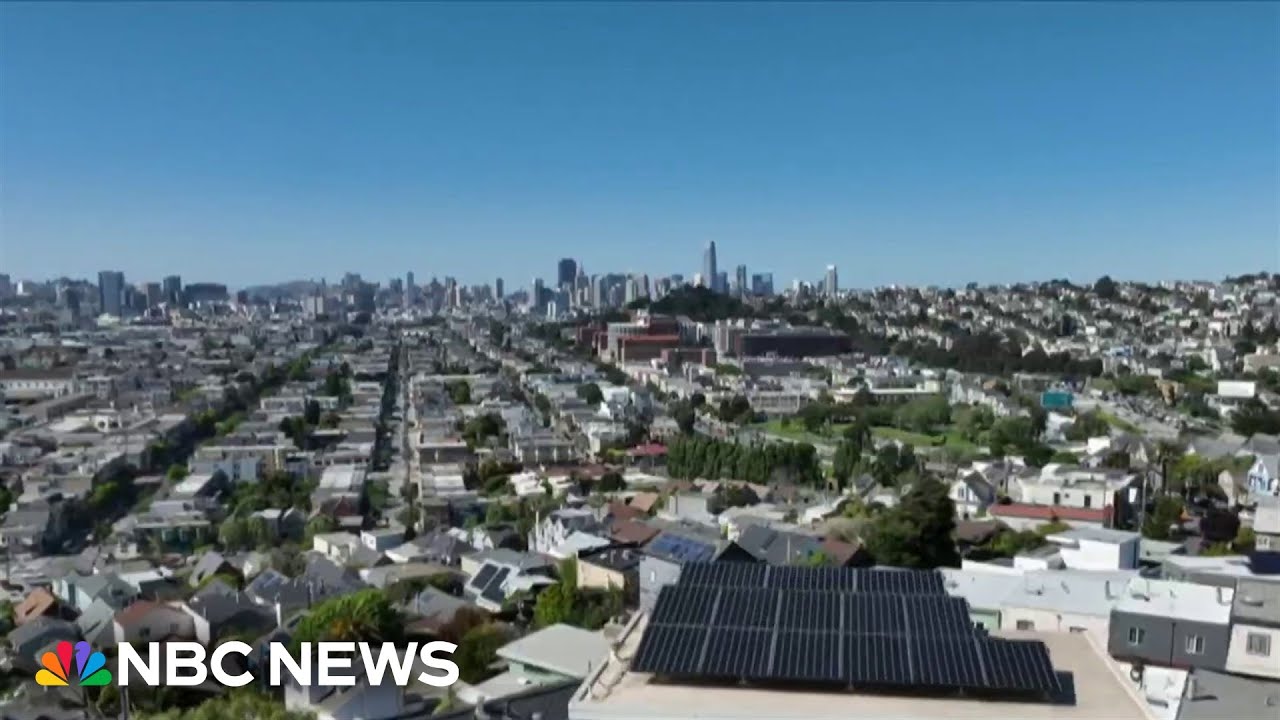
In recent years, California has emerged as a pioneering force in the global transition towards green energy. The state is making significant strides in harnessing renewable resources, with a commitment to reducing carbon emissions and promoting sustainable energy practices. This article delves into the factors contributing to the rise of green energy in California, the various types of renewable energy sources being utilized, and the impact of these initiatives on the environment and economy.
Historically, California has been heavily reliant on fossil fuels for its energy needs. However, with increasing awareness of climate change and its impacts, there has been a concerted effort to shift towards more sustainable alternatives. The state’s geographical diversity allows for a multitude of renewable energy sources, making it an ideal location for green energy development.
California’s commitment to green energy is supported by a series of government policies and initiatives aimed at promoting renewable energy. Some of the key policies include:
The rise of green energy in California is also driven by public support. Citizens are increasingly aware of the environmental impacts of traditional energy sources and are advocating for sustainable alternatives. Surveys indicate that a significant majority of Californians support the transition to renewable energy, further encouraging policymakers to prioritize green initiatives.
California’s commitment to green energy is reflected in its diverse portfolio of renewable energy sources. The state has made significant investments in the following areas:
California is the leading state in the United States for solar energy production. The abundant sunshine and favorable climate conditions make it an ideal location for solar power generation. Key aspects include:
Wind energy is another crucial component of California’s renewable energy landscape. The state is home to some of the largest wind farms in the country. Key points include:
California has a long history of utilizing hydropower as a renewable energy source. Major rivers and water systems provide significant potential for electricity generation. Considerations include:
Geothermal energy, which harnesses heat from the Earth’s core, is another significant player in California’s green energy sector. Notable aspects include:
Bioenergy, derived from organic materials, is gaining traction as a renewable energy source in California. Key elements include:
The shift towards renewable energy in California is not just an environmental imperative; it also has significant economic implications. The growth of the green energy sector has led to:
One of the most significant benefits of the rise of green energy is the creation of jobs. The renewable energy sector has become a major employer in California, providing opportunities in various fields:
The investment in renewable energy has spurred economic growth in California. The influx of capital into the green energy sector has led to:
By investing in green energy, California is moving towards greater energy independence. This shift reduces reliance on imported fossil fuels, enhancing the state’s energy security.
Despite the progress made, California faces several challenges in its transition to renewable energy. These include:
The existing energy infrastructure may not be fully equipped to handle the integration of large-scale renewable energy sources. Upgrading the grid to accommodate renewable energy is essential for:
While renewable energy sources are generally more environmentally friendly than fossil fuels, they are not without their environmental impacts. Issues include:
The benefits of the green energy transition are not evenly distributed across California. Low-income communities may face barriers to accessing renewable energy resources. Addressing these disparities is critical for:
The future of green energy in California looks promising, with continued investments and innovations expected to drive the sector forward. Key trends include:
Ongoing research and development in renewable energy technologies will likely lead to more efficient and cost-effective solutions. Innovations may include:
As the impacts of climate change become more pronounced, it is likely that California will continue to strengthen its policies supporting renewable energy. Potential developments include:
Community involvement will be essential for the success of green energy initiatives. Efforts to educate the public about the benefits of renewable energy can foster greater acceptance and participation.
California’s rise as a leader in green energy showcases the potential for a sustainable energy future. Through a combination of strong government policies, public support, and a diverse range of renewable energy sources, the state is paving the way for a cleaner, more sustainable energy landscape. While challenges remain, the commitment to innovation and equity will be crucial in ensuring that the transition to green energy benefits all Californians. As the state continues to embrace renewable energy, it sets an example for others to follow in the global fight against climate change.